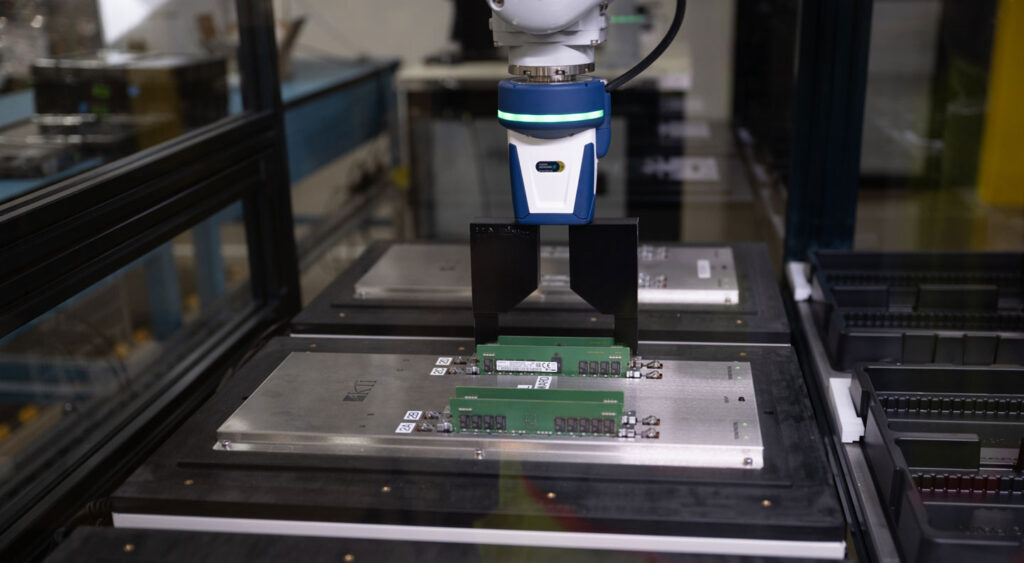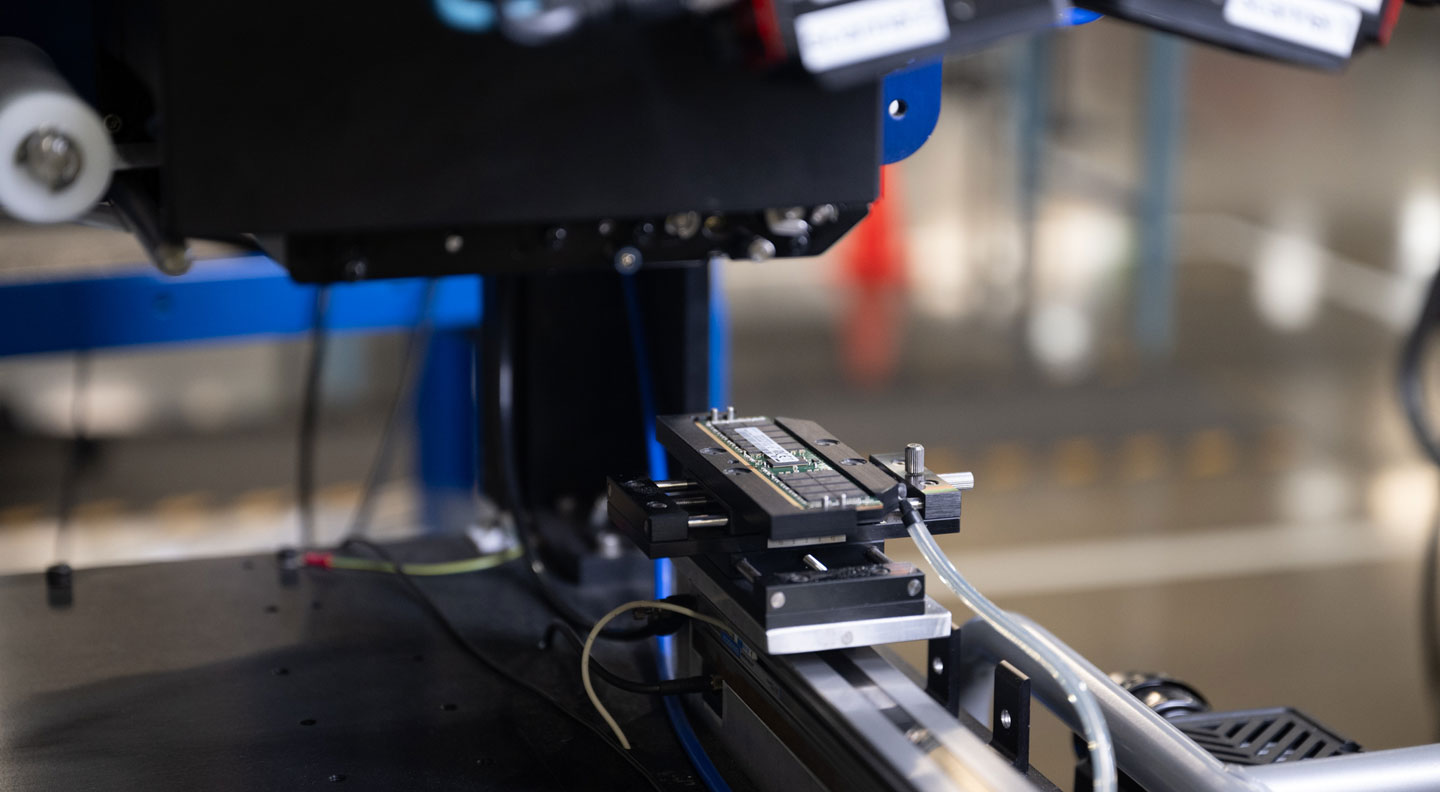Circular IT in Action: The Strategic Advantage of DDR4 Memory Redeployment
Reduce, reuse, recycle. It’s a phrase we all know – but what happens when reduce isn’t an option? In today’s AI-driven era, organizations are scaling up computing power at an unprecedented rate. As a result, data center capacity isn’t shrinking – it’s expanding – as businesses refresh and upgrade hardware more frequently to keep pace with the performance demands of artificial intelligence and high-performance computing (HPC).

Sims Lifecycle Services (SLS) is tackling this problem with an innovative solution that turns retired technology into a strategic resource: reuse as a means to reduce.
At the Yotta 2025 Data Center conference last month, SLS CCO Sean Magann delivered a presentation on a solution, pioneered by SLS, to reduce the amount of new hardware needed in data centers. While some legacy hardware can’t perform in HPC environments (think CPUs, GPUs and most hard drives), DDR4 memory has proven to be a performance workhorse, even in the most demanding environments.
Dynamic Memory, Real-Time Performance
Traditionally, each server requires its own dedicated memory. CXL-enabled memory pooling, however, allows data centers to share DRAM memory resources across multiple servers. This means that instead of each server requiring its own dedicated memory (which often leads to underutilization), multiple servers can access a common pool of memory dynamically, based on real-time workload demands.
Bridging the Supply Gap
The durability and compatibility of redeployed DRAM modules have led to an inexhaustible need for DDR4 memory at a time when production of these components is winding down (major manufacturers will cease production by early 2026). This market shift presents an ideal opportunity for SLS to showcase our expertise in component redeployment and supply chain resilience.
Case Study
SLS has partnered with a global hyperscaler to strategically decommission servers and recover high-value DDR4 memory for redeployment in CXL memory pooling. With the ability to process 10,000 memory modules every day, we have created a program that’s delivering tangible results:
- 2 million DDR4 units have been redeployed.
- Our client estimates a cost savings of $100 million thus far.
- An estimated 24 million kilograms of carbon has been avoided.
- A lower fail rate than new untested DIMMs, thanks to proven stability from extended real-world operation.
- Supply chain resiliency: a tested and tariff free supply of components already in-country, eliminating supply chain delays and avoiding carbon associated with new production.
SLS: Turning IT Asset Reuse into Strategic Advantage
As data centers evolve to meet the demands of AI and high-performance computing, SLS stands at the forefront of sustainable innovation. Our approach transforms end-of-life technology into high-value infrastructure, helping clients reduce capital expenditures and strengthen supply chain continuity. By redeploying durable components like DDR4 memory into advanced architectures, we enable organizations to scale responsibly, without compromising performance or resilience.
At SLS, we redefine reuse as a strategic advantage, delivering solutions that are as practical as they are powerful.
Contact SLS
Want to learn how SLS can improve your reuse rates?
